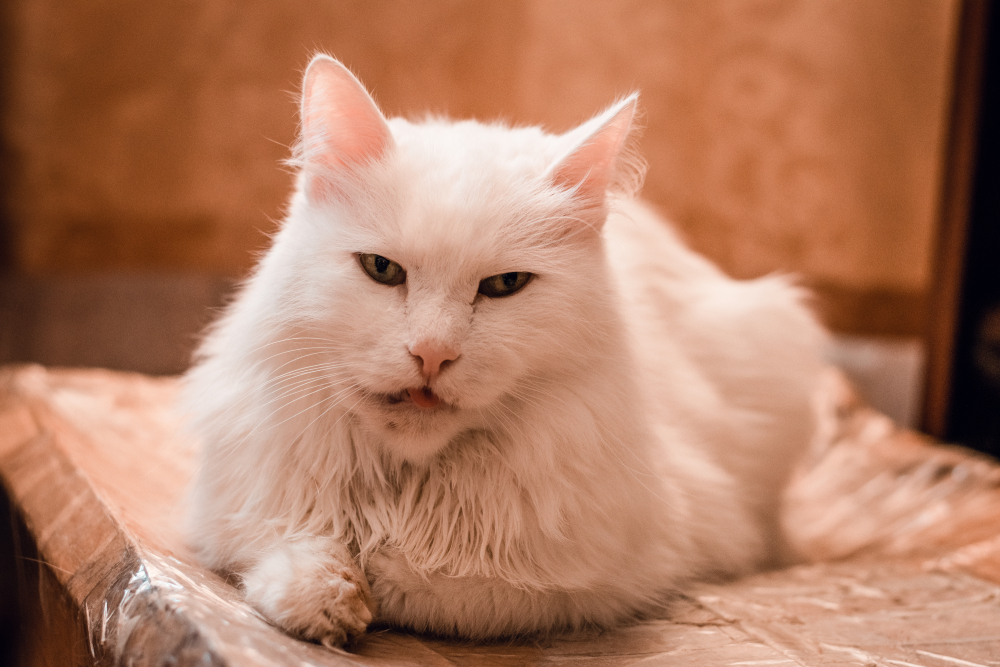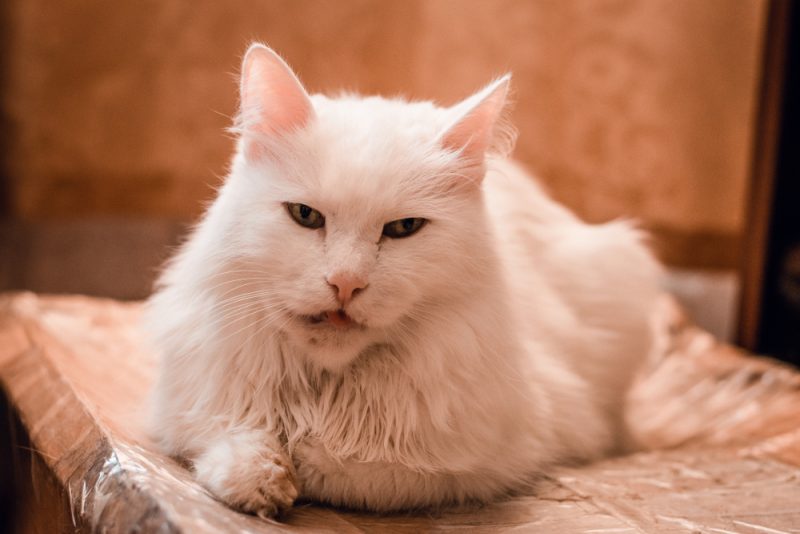Click to Skip Ahead
If a cat pet parent were to find a lump on their cat’s lower jaw, they are likely to be very concerned. While there could be various causes or medical issues present, having the cat seen promptly allows for the extent of the issue to be determined and for an attempt at diagnosis and potential treatment to be made.
In this article, we’ll explore some of the potential causes of such a lump, and some recommended temporary care tips while awaiting having your cat seen by their doctor.
A Word on the Lower Jaw
The jaw itself consists of upper and lower bones that form the framework of the mouth entrance, and which hold the teeth in place. In addition, the jaw bones, coupled with the surrounding temporomandibular joint, allow for movement to open and close the jaw as well as for the grabbing and handling of food. In mammals, the lower jawbone can also be referred to as the mandible.
To a pet parent, “a lump on the jaw” may mean one thing, but to the veterinarian, it will prompt more investigation to determine exactly where it is and how far it may extend. Is it cutaneous (on the skin) nearby or directly over the area of the jaw? Is it bony (literally on the bone of the jaw)? Is it within or in between the jaw bones? Close to, but not exactly on the jawbone? Is it facing the inside of the mouth or on the exterior surface of the face? Is it towards the front tip of the jaw or the back?
As you can see, the lower jawbone can actually encompass many areas, and vets need to define it as accurately as possible to help in the next steps.
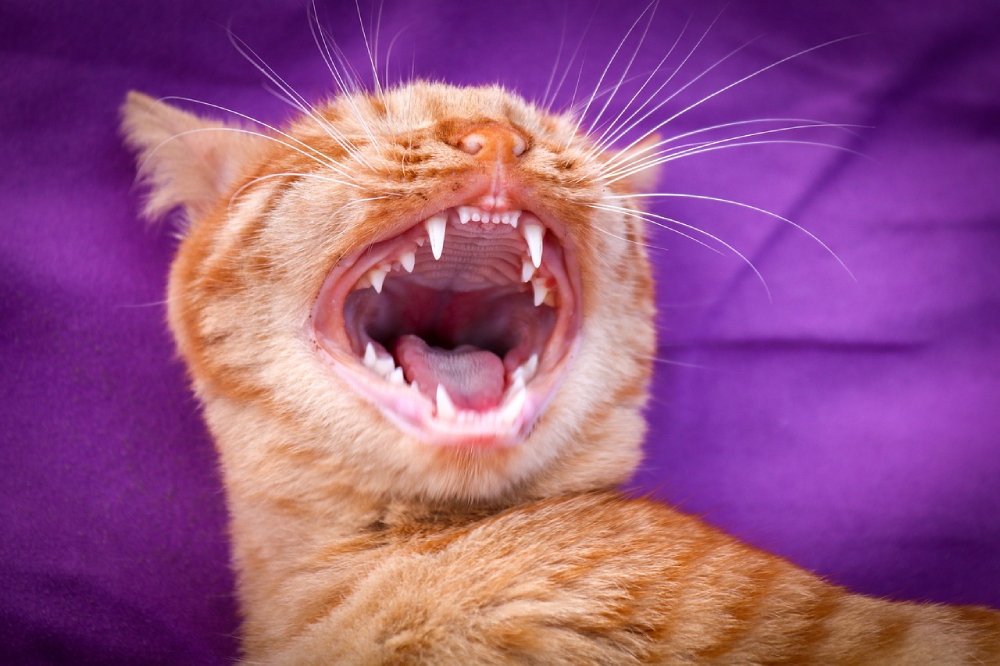
Causes of a Hard Lump on the Jaw
Let’s get into what some different causes of a lump on the lower jaw could be. While not an exhaustive list, these are some important and potential categories.
1. Infection
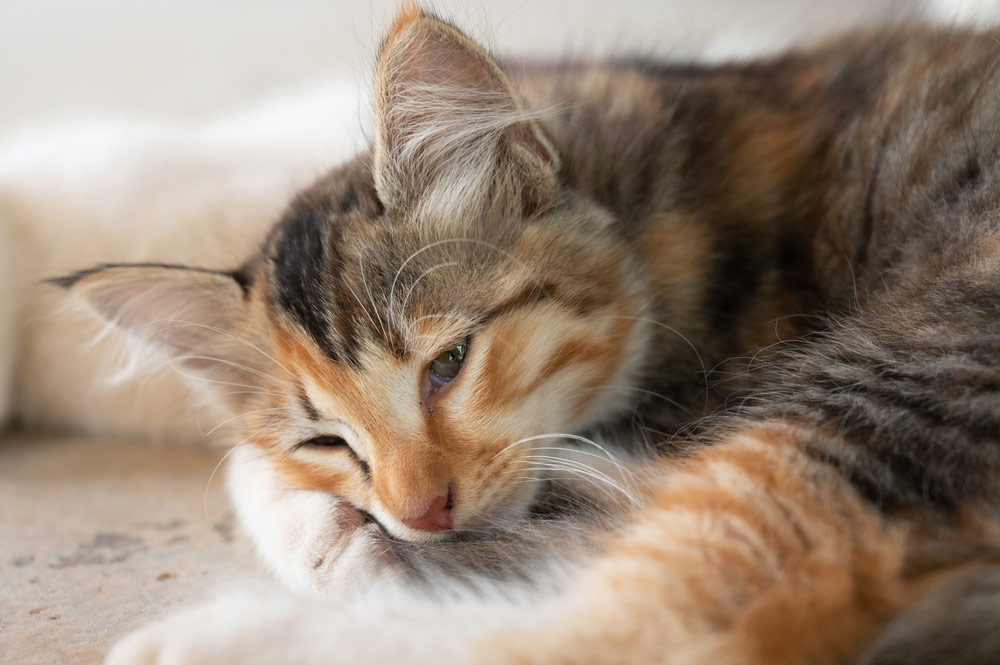
An infection could be on or in an area of the jawbone itself. It could be a bone infection from bacteria or fungi and is termed osteomyelitis. An abscess, which is an area of walled-off infection that typically contains pus can also be responsible. It is not uncommon to see a tooth root abscess or a rotten tooth in this area. In addition, an abscess could also be from a bite or scratch in an altercation with another animal.
If a cat is in pain, allowing them a low-stress, comfortable, and quiet place to be until they can be seen is best. Switching food quickly can cause an upset gastrointestinal (GI) tract so if they already eat canned food, you should continue to offer this. If they normally eat dry food, pre-moistening it in warm water or some low-sodium chicken broth may help soften it and make it less painful to eat than hard food. Submandibular (under the mandible) lymph nodes are present in an area just underneath the jawbone of a cat. There is one on the left side and one on the right. If one (or both) are enlarged, this could be due to various reasons such as inflammation, infection, or tumor cells. A cyst is a non-cancerous sac or lump that contains liquid and/or solid materials. This may be from body secretions (such as sebum, a substance made from oily wax) or the breakdown of cells. They are often small and round in size, and there are various types including true cysts, sebaceous cysts, follicular cysts, etc. While they are most often harmless, in some circumstances, they may need to be surgically removed. This is a firm mass of immune system cells that accrue over time due to inflammation. The grouping of immune cells functions to wall off something that the body views as harmful which could include a foreign object, bacteria, etc. In cats, there is a condition called the feline eosinophilic granuloma complex (EGC) that can consist of three different reaction patterns that are most often thought to be associated with allergic hypersensitivity. Only one of the three patterns, called an eosinophilic granuloma, is an actual granuloma. It can be found across the body, but one common area is inside the mouth. Some kinds of cancer can be more commonly seen within or around the jawbone. In fact, for cats, the oral cavity is the fourth most common area where cancer is seen. Depending on the type, some tumors may primarily affect or secondarily invade bone. Therefore, regularly inspecting for physical changes in your cat, including in their mouth if they will let you safely, may allow for the process of earlier diagnosis and treatment. Some common signs of a lump on (or around the jaw) that may be seen include oral pain, becoming “head shy” which is not wanting to be touched on the head, very bad breath, drooling, loss of teeth, facial swelling, decreased appetite or difficulty eating, and lymph node enlargement. A thorough oral exam and full physical exam of your cat will help the veterinarian formulate a list of potential diagnoses. To start the process of confirming a diagnosis, this may begin with a fine needle aspiration (FNA), which uses a small needle to take a sampling of the cells to be observed under the microscope. Further testing may be indicated such as with radiographs (X-rays) or a biopsy (larger sample of tissue to be examined under the microscope). In some instances, further care from specialists, such as a veterinary surgeon or oncologist, may be utilized. Treatment of the lump will depend on the exact cause. If a tooth is infected, it will need to be removed. An abscess is often cleaned out very well before medications are started. If there is an infection, bacteria will be treated with antibiotics and a fungal infection with antifungals. In most instances, medication for pain and inflammation will be needed. Other types of diagnoses may need surgery with or without chemotherapy and/or radiation. As we have learned, a lump on your cat’s jaw could have a variety of medical implications which range from minor to very serious. If a lump on the jaw is observed, receiving veterinary medical attention quickly can help your cat not only relieve their pain and discomfort but in some cases, also have a higher chance of resolving the medical issue. Thus, it is vital to contact your veterinarian promptly if you ever encounter a lump of this kind on your cat. Featured Image Credit: zeelbervarg, Shutterstock
2. Enlarged Lymph Nodes
3. Cyst
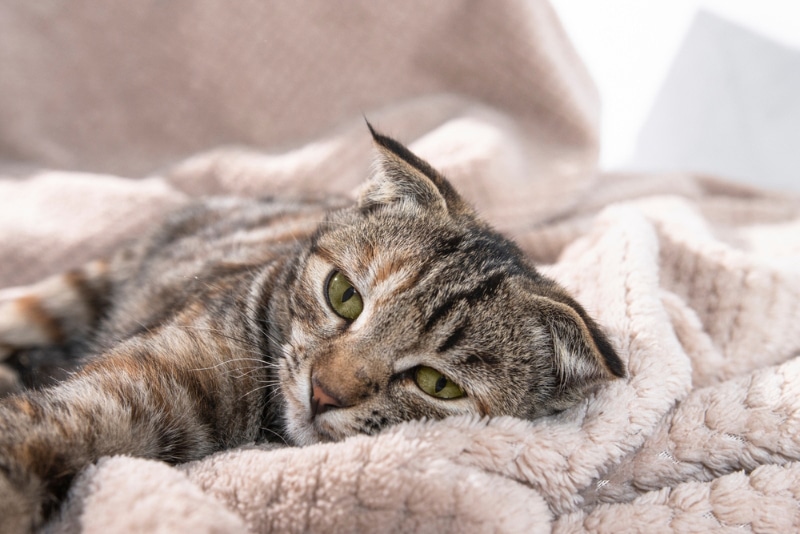
4. Granuloma
5. Tumor
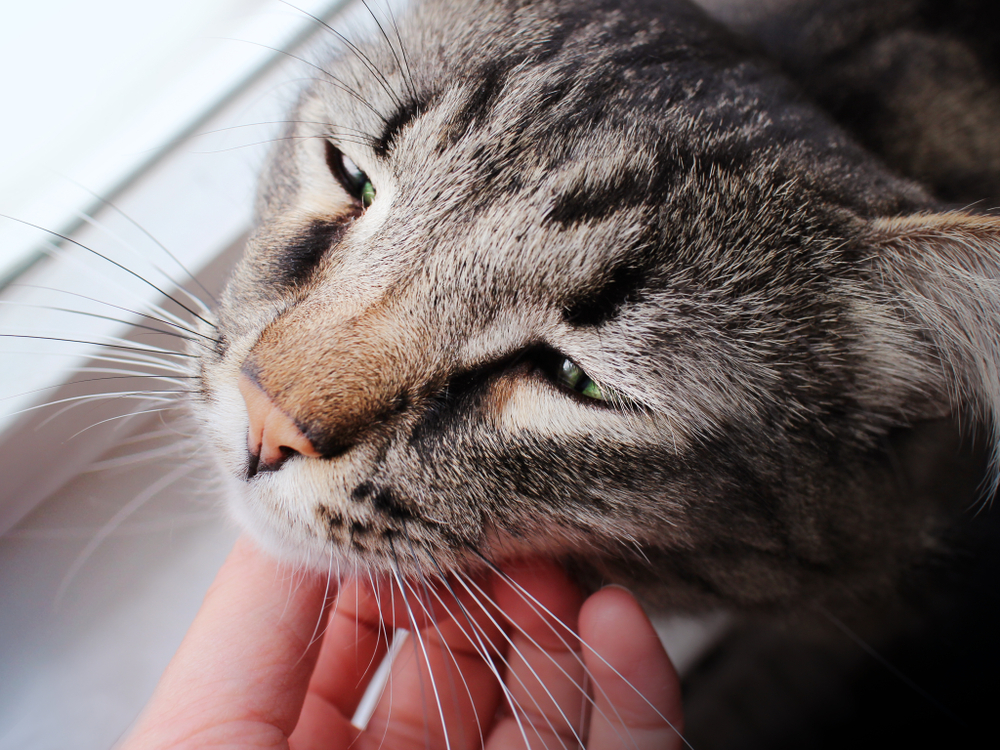
Common Signs
Diagnosis and Treatment
Conclusion

